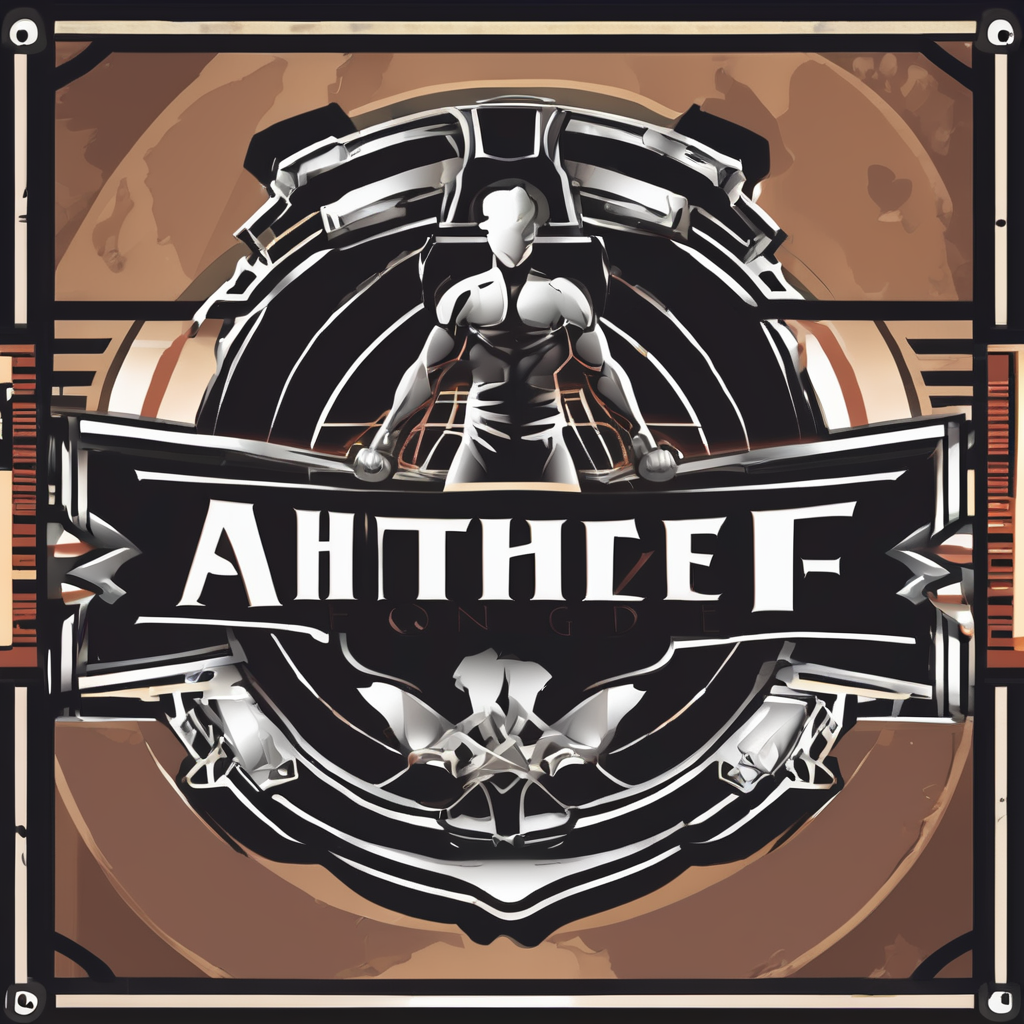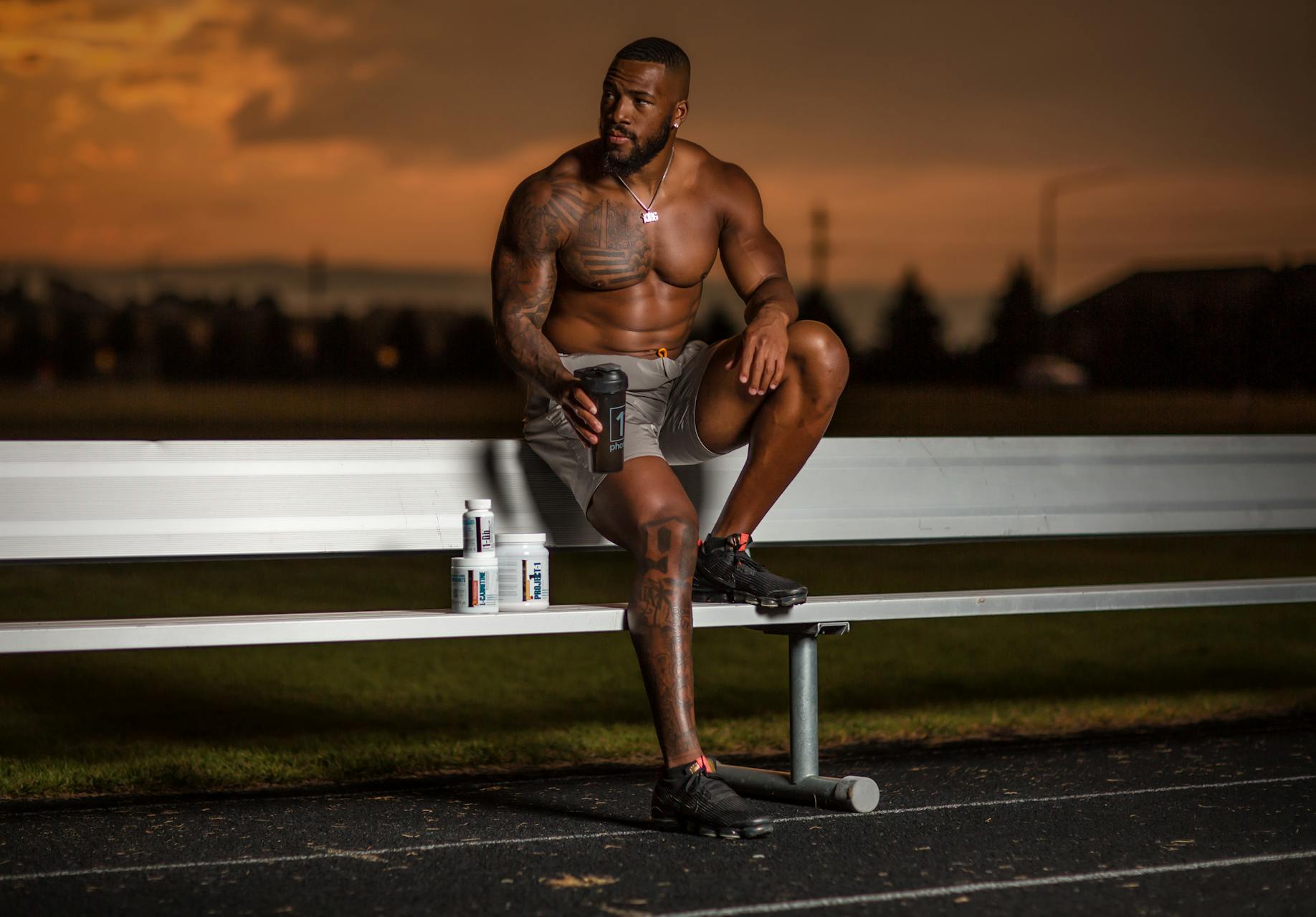As an enthusiast in the world of sports, you’re probably no stranger to the staple expectations of agility, hand-eye coordination, and fierce competitiveness that comes with badminton. The game demands not just physical stamina, but also acute mental focus, particularly in terms of reaction time. A player’s prowess on the court is significantly influenced by their response speed to their opponent’s moves. But, how does one improve their reaction time? This article serves as a comprehensive guide to specific workouts designed to boost reaction times for badminton enthusiasts.
Training Exercises for Enhanced Reaction Times
Before jumping into the specifics, let’s first understand what workouts are about. Essentially, they are exercises that aim to improve a player’s speed, dexterity, and reflexes. Intense, focused training has been proven time and again to enhance an individual’s performance in virtually all sports, and badminton is no exception.
Additional reading : How does electrical muscle stimulation aid in recovery for footballers?
Various studies have been conducted to identify the best workouts for improving a player’s reaction time. One such study found a significant correlation between agility exercises and improved reaction times. These exercises, often used in sports training, can be modified to cater specifically to badminton players.
Agility ladder drills are one example of an agility exercise. These drills, which involve fast-paced footwork on a flat ladder-like apparatus, are known to significantly improve a player’s speed and reaction time. Regular practice not only improves the player’s agility but also trains the mind to react swiftly to changing situations, a skill vital in badminton.
In parallel : How does electrical muscle stimulation aid in recovery for footballers?
Sudden direction change drills are also effective. Here, the player runs in a fixed direction and suddenly changes course when a signal is given. This works on the player’s ability to quickly change direction – a critical requirement in a sport like badminton where swift direction changes are the norm.
The Influence of Visual Exercises on Reaction Time
The connection between visual acuity and sports performance is well-documented. In badminton, players must track the high-speed movement of the shuttlecock, often under varying lighting conditions. Thus, visual exercises that enhance eye-tracking skills can significantly improve a player’s reaction time.
A simple but effective visual exercise is the ball drop test. In this exercise, a ball is dropped from a certain height, and the player must catch it before it hits the ground. Doing this regularly can enhance visual-motor reaction time and hand-eye coordination, both of which are vital in badminton.
Another valuable visual exercise is the Brock String exercise. This involves a multi-colored string with several beads. The player focuses on one bead at a time, moving their focus from one bead to another. This simple exercise can greatly improve the player’s visual concentration and depth perception, thereby improving their reaction times in badminton.
Role of Scholarly Studies in Sport Training
The realm of sports science is a constantly evolving field, with new studies and research continually contributing to our understanding of athletic performance. Scholarly studies provide invaluable insights into the science behind sports training, including ways to improve reaction times in badminton players.
One such study, available on Google Scholar, found a significant improvement in reaction times of badminton players who followed a specific training regimen involving both physical and cognitive exercises. The combination of physical workouts with cognitive exercises like video games and mental agility puzzles showed a marked improvement in the players’ reaction times.
CrossRef is another excellent resource for scholarly articles on sports science. An article published on CrossRef highlighted the positive effects of plyometric training on reaction times in badminton players. Plyometric exercises, which involve explosive movements like jumps and sprints, were found to enhance neural efficiency, thereby improving the player’s reaction speed.
Importance of Consistent Training for Improved Performance
The key to improving any skill, especially in sports, lies in consistent training. Regular practice not just enhances physical strength and agility, but also significantly improves cognitive functions like reaction time, concentration, and decision-making abilities.
Badminton players should perform the above-mentioned workouts consistently to see noticeable improvements in their reaction times. Alongside these specific exercises, players should also focus on overall fitness and stamina-building workouts. Interval training, sprinting, weightlifting, and core strengthening exercises are all valuable additions to a badminton player’s training routine.
Remember, while these specific workouts can indeed help improve reaction times, it is equally important to maintain a healthy diet, get adequate rest, and stay mentally fit. After all, badminton is not just a test of physical prowess, but a game that significantly tests your mental agility as well.
Incorporating Technology for Better Reaction Times
In the era of digital technology, various tech tools have found their way into sports training, aiding players in improving their skills. Reaction time, which is crucial for badminton players, can be enhanced using certain innovative tech-based training methods.
One such method is using video games that require quick reactions. Studies, available on Google Scholar and PubMed CrossRef, have shown that regular gaming can improve a player’s reaction time. High-speed action games can help players react swiftly in real-time, a skill highly beneficial for a badminton match.
Another tech-based training method utilizes virtual reality (VR). VR training programs can simulate badminton games, allowing players to practice without physically being on the court. These simulations can be programmed to increase the speed and intensity of the game, thereby helping improve the player’s reaction times.
Utilizing your dominant hand in these exercises can also lead to better results. Studies indicate that reaction times are generally quicker when the dominant hand is used. Thus, badminton players might find it beneficial to use their dominant hand while performing these tech-based exercises.
A fairly new and growing field in sports technology is the use of reaction training machines. These machines flash lights in quick sequences, and the player must respond as quickly as possible. This type of high-speed visual reaction training can significantly enhance a player’s reaction time on the court.
Conclusion: A Holistic Approach to Improving Reaction Times
As a badminton player, improving your reaction times is crucial for enhancing your performance on the court. A blend of physical exercises, visual drills, tech-based training, and consistently practicing with your dominant hand can all contribute to boosting your reaction speed.
That said, it’s also important to remember that badminton is a sport that tests not just physical, but also mental agility. Alongside the workouts mentioned, consider incorporating cognitive exercises into your training regimen. Mental agility puzzles, memory games, and cognitive training apps can help improve your mental sharpness, ultimately contributing to faster reaction times.
Moreover, scholarly resources such as Google Scholar, PubMed CrossRef, and CrossRef Google can serve as excellent points of reference for the latest research and studies on enhancing reaction times. Continuous learning and adapting your training methods based on these insights can go a long way in improving your game.
Lastly, remember that strength conditioning, adequate rest, and a healthy diet are equally important. Regular interval training, weightlifting, and core exercises can help improve your overall physical strength and stamina. Coupled with sufficient rest and a balanced diet, this holistic approach will keep you in top shape, both physically and mentally.
In conclusion, improving reaction times is not a one-time effort but a continuous process that requires consistent training and a multi-faceted approach. With the right combination of workouts, mental exercises, and a healthy lifestyle, you can noticeably improve your reaction times and overall performance in badminton.






